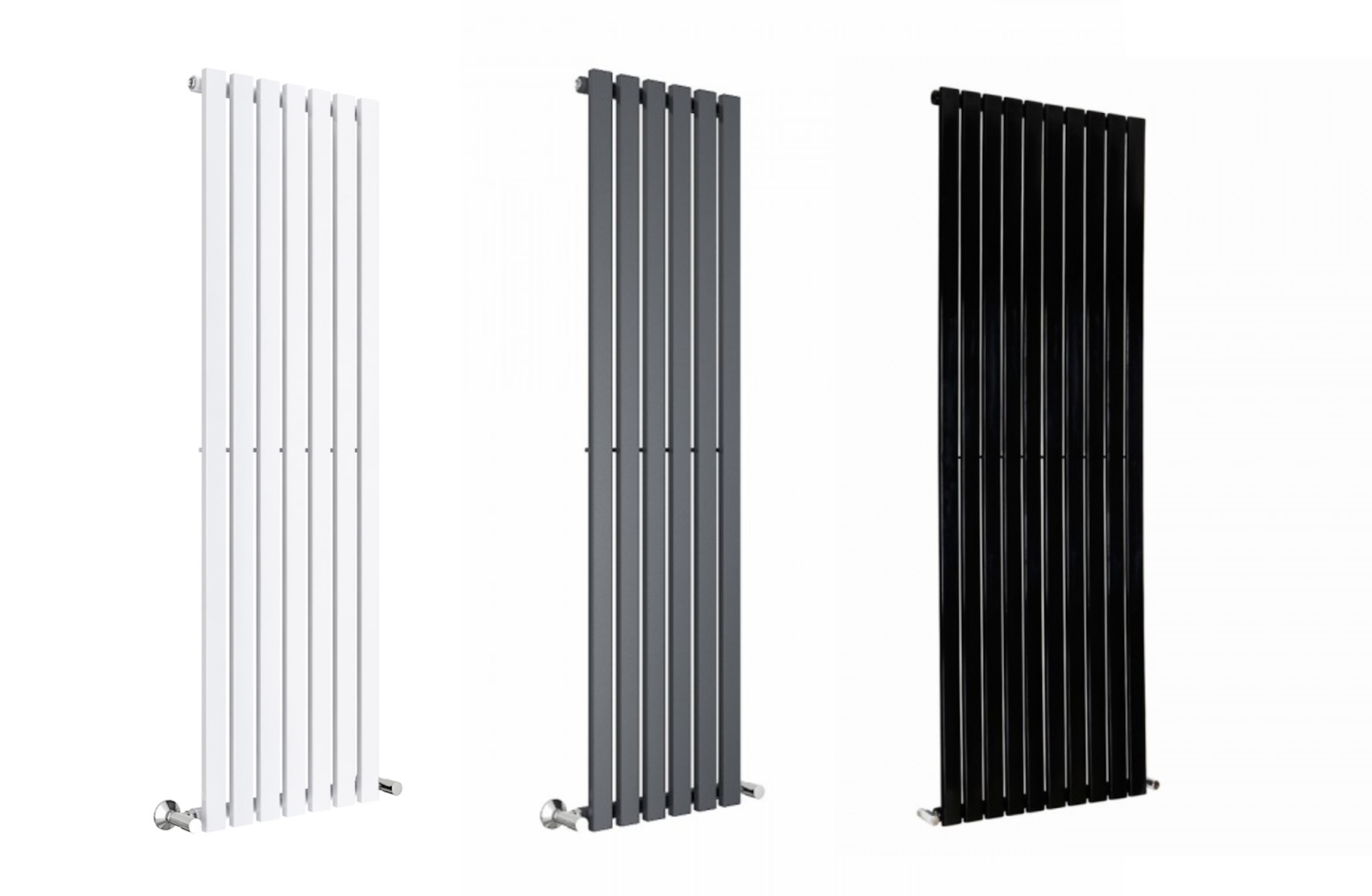Alt: vertical radiators
In the beginning, hanging a vertical radiator could appear to be a challenging task, but if you are provided with the appropriate guidance, it is actually fairly simple. This blog will walk you through each step in an easy and straightforward manner, whether your objective is to improve the efficiency of your home or to add a bit of elegance to your current space.
Steps to Hang a Vertical Radiator
Installing a vertical radiator is a manageable DIY project if done carefully. Below are the step-by-step instructions to ensure a secure and efficient installation:
1. Choose the suitable location:
- Pick a spot where the radiator can evenly distribute heat.
- Avoid placing it near doors or windows to minimise heat loss.
2. Required Tools:
- Drill, spirit level, measuring tape, wall plugs, screws, and a wrench.
3. Mark the bracket positions:
- Use the radiator as a reference to mark where brackets will go.
- Ensure the marks are level and spaced according to the radiator’s mounting points.
4. Drill and install brackets:
- Drill holes at the marked spots and insert wall plugs.
- Secure the brackets firmly to the wall using screws.
5. Mount the radiator:
- Lift the radiator and carefully hang it on the brackets.
- Double-check that it’s level and securely in place.
6. Connect to the heating system:
- Attach the radiator valves to the pipework, ensuring they are tightened properly.
- Use PTFE tape on threads to prevent leaks.
7. Fill and Test the Radiator:
- Open the valves and let the radiator fill with water.
- Bleed the radiator to release any trapped air.
- Check for leaks and ensure proper heating.
By following these steps, you can safely and efficiently hang your vertical radiator.
Common Mistakes to Avoid When Hanging a Vertical Radiator
Not Taking the Measurements
When hanging a vertical radiator, it’s important to have exact measures. If you rush through this step, the installation could end up being crooked or uneven, which would look bad and not work right.
Leaving out the Wall Type
There are different kinds of walls. If you don’t use the right fixings for your wall type be it plasterboard, brick, or concrete the radiator may become unsteady and fall. Always pick bolts and screws that are made for the material of your wall.
Failure to properly bleed the radiator
When air spaces get stuck inside the radiator, they can make it less effective at heating and stop the heat from spreading evenly. To get the best performance, make sure to bleed the radiator after installing it.
If you don’t make these usual mistakes, your vertical radiator will be safe and secure.
Can You Hang a Vertical Radiator Horizontally?
It is possible to hang a vertical radiator horizontally sometimes, but it is not always a good idea. Think about the radiator’s shape, how much heat it puts out, and any plumbing needs. Before making any changes, talk to a heating professional or the maker to make sure the installation is safe and works well.
When looking at different radiator choices, you might want to think about getting a horizontal radiator that was made just for your needs.
Can you hang a vertical radiator on a stud wall?
Although you can hang a vertical radiator on a stud wall, you should use the appropriate fixings made for plasterboard and stud walls to guarantee proper support, particularly if the radiator is heavy; you might have to screw straight into the studs or use additional support battens to equally distribute the weight.
Hang a vertical radiator on a Plasterboard
In order to securely mount a vertical radiator on plasterboard, you’ll need to utilize fixings specifically made for plasterboard walls. For example, “Gripit” anchors can expand behind the plasterboard to hold the radiator in place. Finding studs is essential, as is taking precise measurements and drilling holes before installing the fixings.



